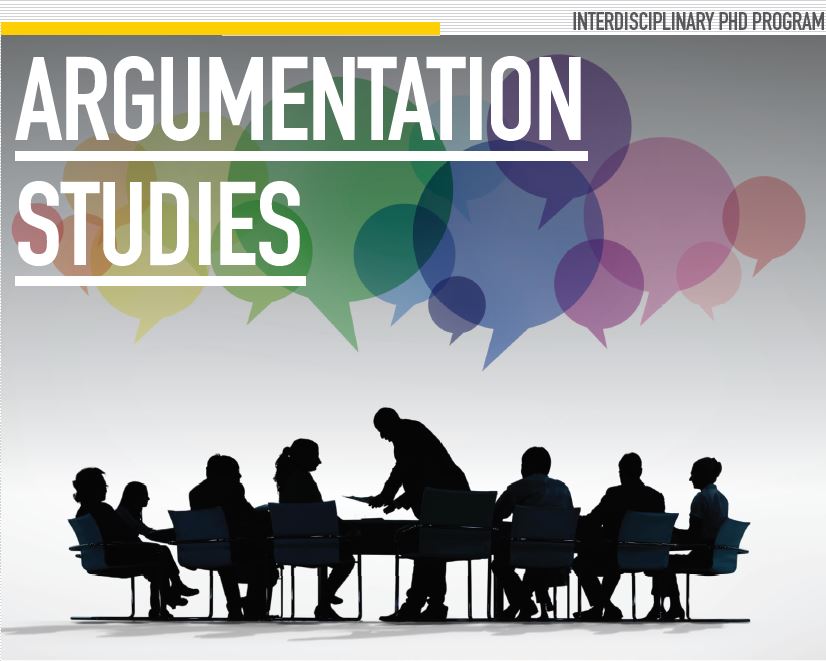Location
University of Windsor
Document Type
Paper
Keywords
fallacy, bias, meaning analysis
Start Date
18-5-2016 9:00 AM
End Date
21-5-2016 5:00 PM
Abstract
Starting with a brief overview of current usages (Sect. 2), this paper offers some constituents of a use-based analysis of ‘fallacy’, listing 16 conditions that have, for the most part implicitly, been discussed in the literature (Sect. 3). Our thesis is that at least three related conceptions of ‘fallacy’ can be identified. The 16 conditions thus serve to “carve out” a semantic core and to distinguish three core-specifications. As our discussion suggests, these specifications can be related to three normative positions in the philosophy of human reasoning: the meliorist, the apologist, and the panglossian (Sect. 4). Seeking to make these conditions available for scholarly discussion, this analysis-sketch should not be viewed as final or exhaustive.
Creative Commons License

This work is licensed under a Creative Commons Attribution 4.0 International License.
Reader's Reactions
Michel Dufour, Commentary on: Frank Zenkers’s “The polysemy of ‘fallacy’– or ‘bias’, for that matter” (May 2016)
Included in
Cognitive Psychology Commons, Logic and Foundations of Mathematics Commons, Other Law Commons, Other Rhetoric and Composition Commons, Philosophy of Language Commons, Social Psychology Commons
The polysemy of ‘fallacy’—or ‘bias’, for that matter
University of Windsor
Starting with a brief overview of current usages (Sect. 2), this paper offers some constituents of a use-based analysis of ‘fallacy’, listing 16 conditions that have, for the most part implicitly, been discussed in the literature (Sect. 3). Our thesis is that at least three related conceptions of ‘fallacy’ can be identified. The 16 conditions thus serve to “carve out” a semantic core and to distinguish three core-specifications. As our discussion suggests, these specifications can be related to three normative positions in the philosophy of human reasoning: the meliorist, the apologist, and the panglossian (Sect. 4). Seeking to make these conditions available for scholarly discussion, this analysis-sketch should not be viewed as final or exhaustive.

